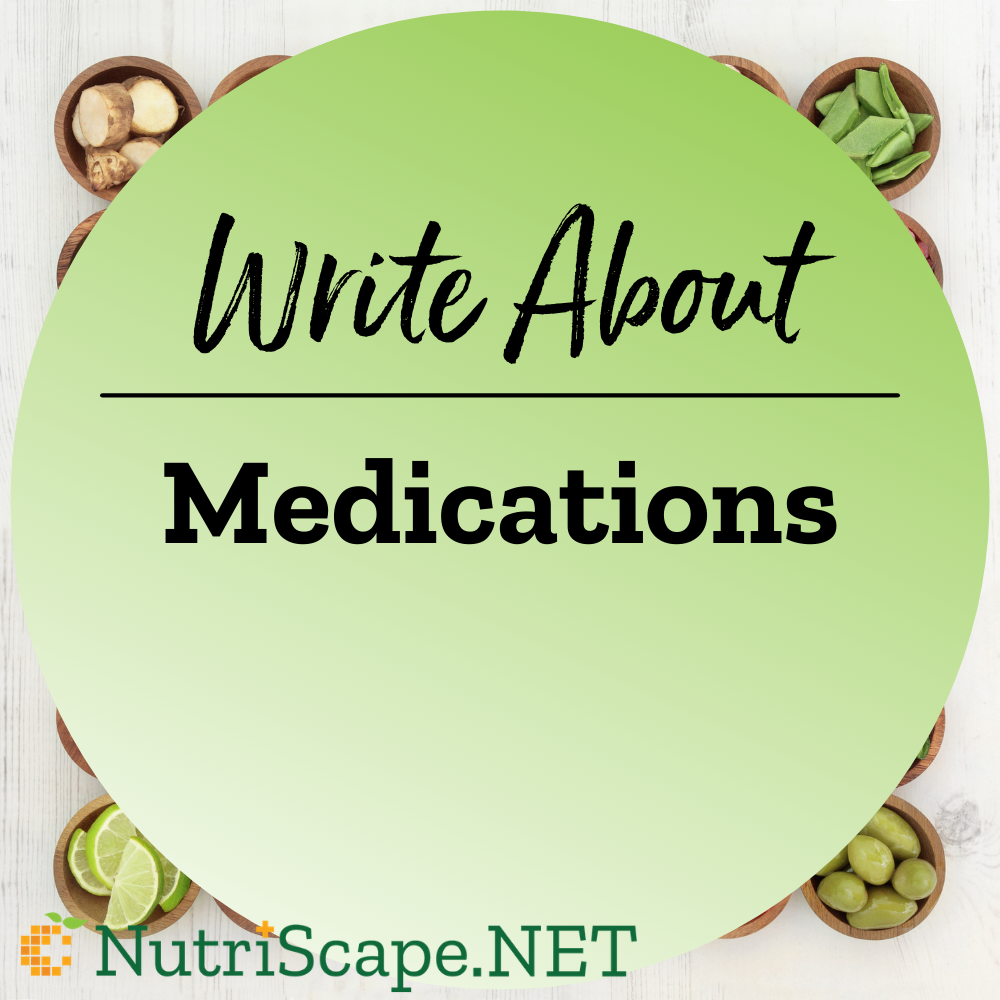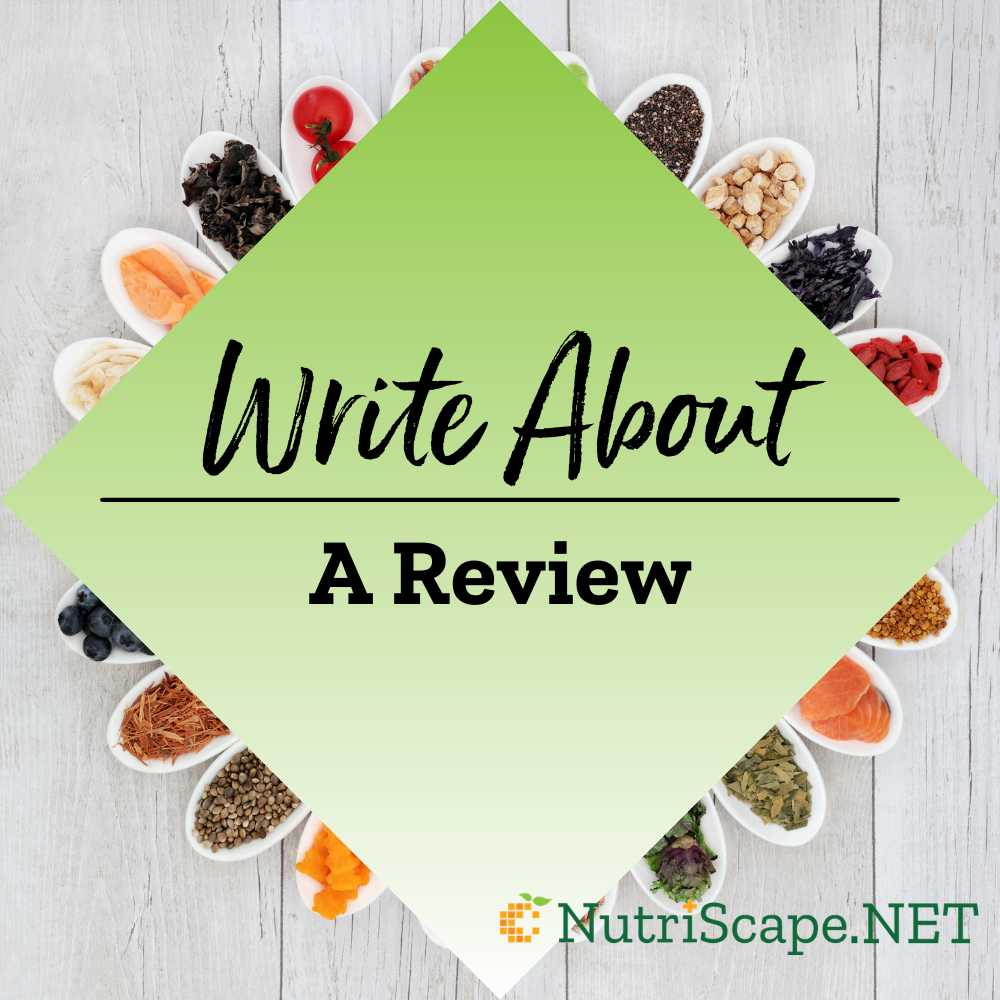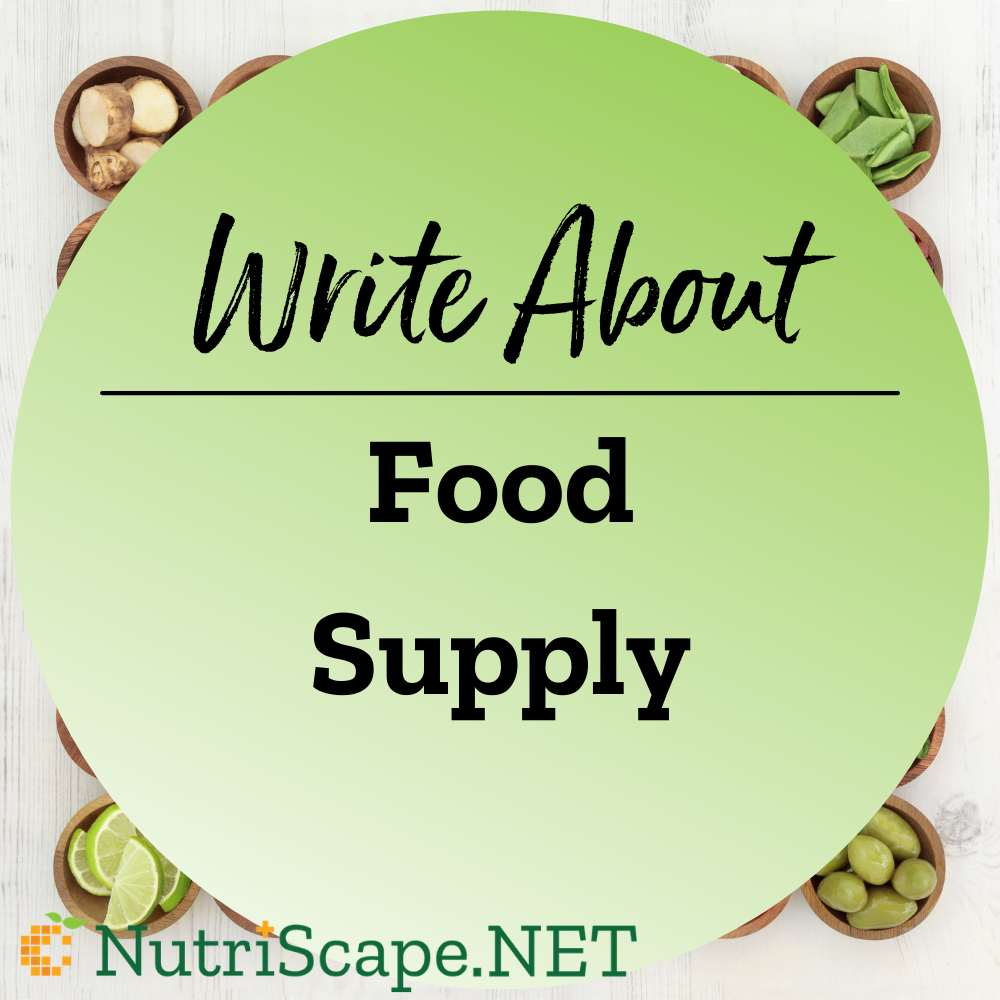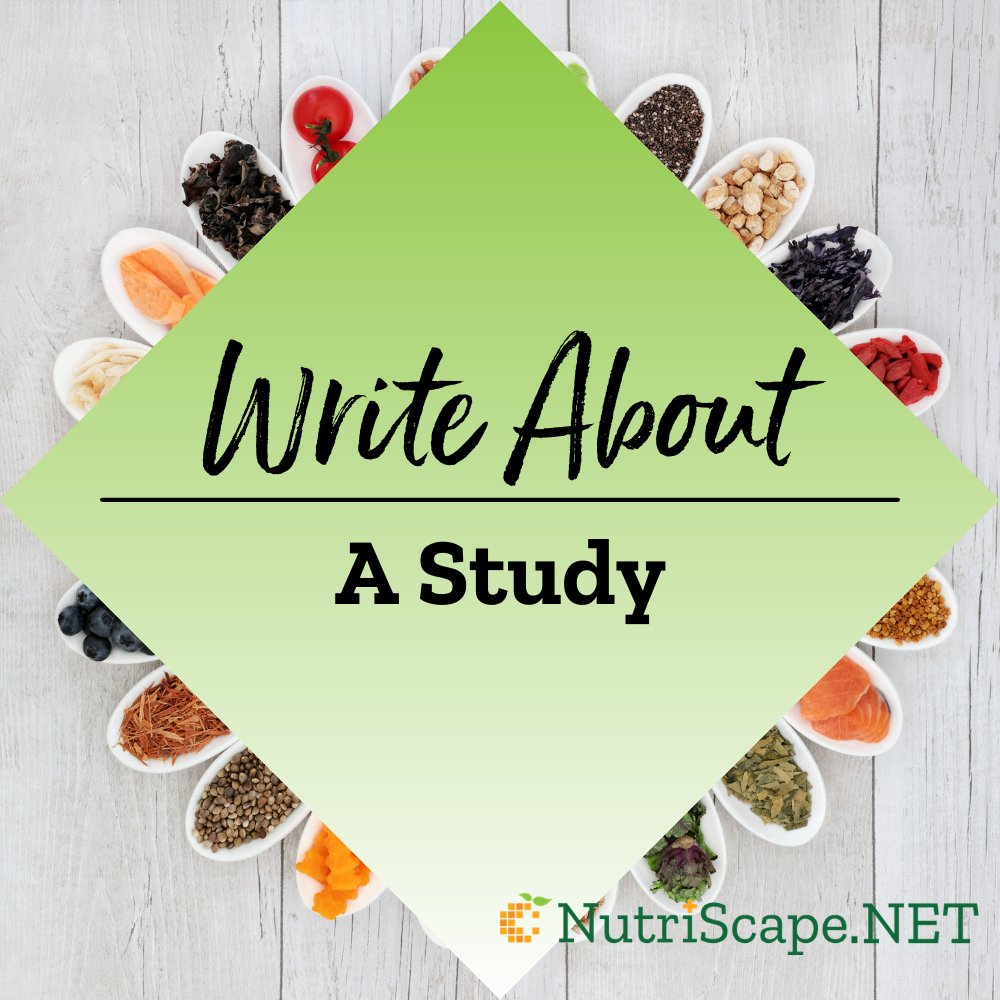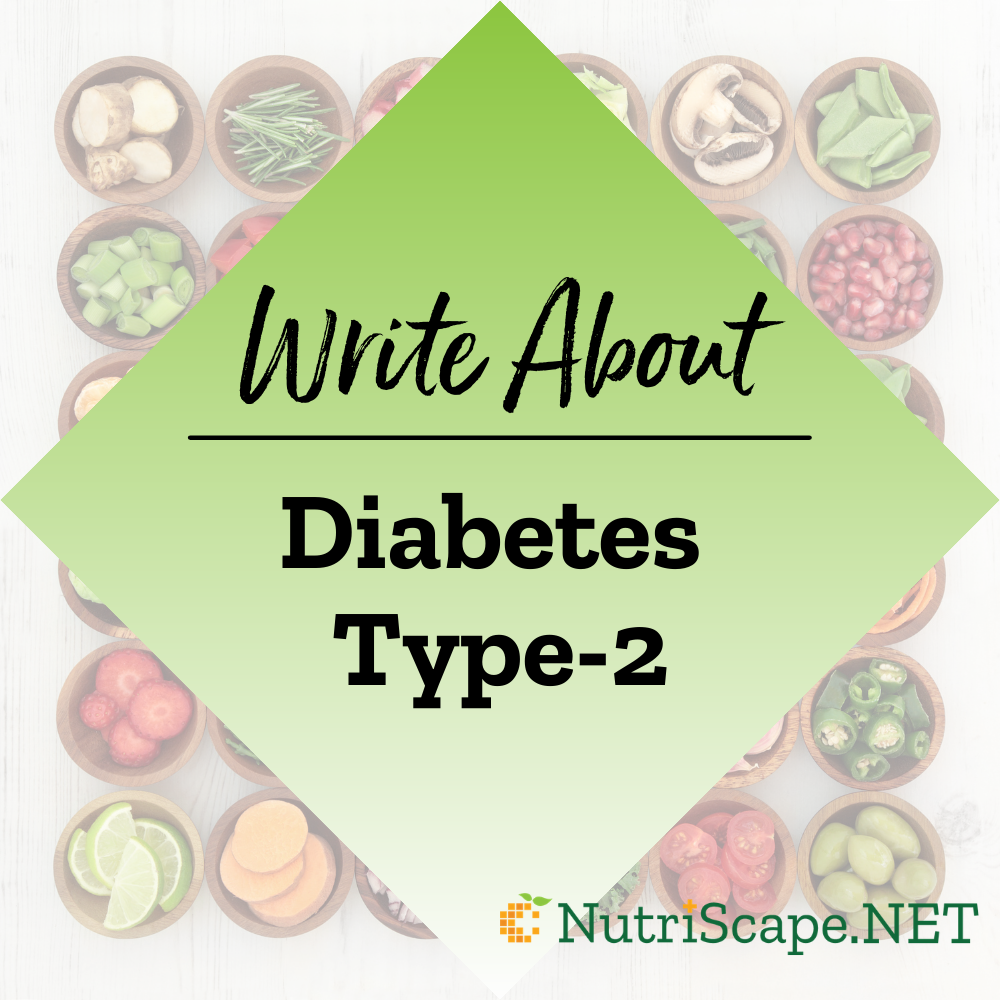
We came across this topic some time back and thought it would be good inspiration for a NutriScape.NET article written from the dietitian’s point of view. Here are some quick snippets you can follow.
- Cook at home. Restaurant food, whether it’s from a fast-food or high-end restaurant, is going to be more expensive than a healthy meal you make yourself. If cooking is really new to you, start slowly to build your skills, try cooking one meal a week. Once you have got a few recipes you feel confident with, increase the number of home-cooked meals per week.
- Explore meal delivery kits if you’re a newbie cook, or if you simply want to make it easier for yourself. These kits can be more expensive than buying the produce yourself, but it can save you time and can come with recipe cards. Look for one with minimal packaging to reduce your environmental footprint.
- Always have staples in your pantry. Buying staples such as rice and beans in bulk is cheaper and then you can always have them on hand.
- Make extra portions every time you cook at home, to eat as leftovers the next day, for lunch, or to freeze for future meals.
- Buy fresh produce in season and look for specials. Consider local farmers’ markets.
- Spend a few minutes each week planning meals and making a grocery list. This can make you feel more in control and hopefully reduces impulse buying.
- Shopping and cooking with a friend or relative could help share expenses, provide support and skills, and exchange knowledge. It’s also a great way to spend time with your children. The more time they spend with you in the kitchen, the more they’ll learn about real food and how to cook it.
- Never go food shopping when you’re hungry.
- Wholefoods are usually in the outer aisles of the supermarket. It’s tempting to get sucked into the centre aisles and be lulled into buying the latest specials (likely ultra-processed foods), but for the most part, you’ll probably regret it!
- Beware of supermarket tricks to entice you into buying more expensive food items. For example, more expensive products tend to be shelved at eye level, and cheaper items are placed either on the upper or lower shelves.
- Many communities now have communal vegetable gardens. You might also find community kitchens, soup kitchens, or produce delivery options.
- Focus on real, whole food and avoid anything that is ultra-processed food.
- Remain open to slightly processed items, such as canned beans and frozen veggies. If these make it easier for you to cook at home, go for it! They are still very nutritious.
- Buy produce that is in season. Fresh produce is more nutritious than produce that has been stored for weeks. Seasonal produce is often much cheaper, saving you money.
- Every time you go shopping look for a new fruit or vegetable to try. Such as bok choy, kale or black beans. Go online and read about it, and see how you might use it in some recipes for the next week.
- Dark, leafy greens are a great source of some of those B vitamins you need for resilience, though B12 is best obtained from animal protein.
- Meat, fish, and eggs are good sources of protein, helping to regulate blood sugar and appetite as well as providing bioavailable iron and zinc.
- Search for local farmers markets – you can also talk about where and how the produce was grown with the farmer.
Planning And Writing Your Article- With 1 Free CEU!
Although all dietitians are well-versed in academic writing, it can be a challenge to organize our vast knowledge in a way that hits the right chord for readers on the web. Before you sit down to write your epic article, save yourself some time by investing an hour in learning the basics of a solid writing process that can help you create your very best work.
We’ve scoured the internet for the best practices on writing and distilled the information to meet the needs of NutriScape writers. In our 1-hour CEU presentation, “Copywriting Skills for the Internet”, we discuss a structured process for each phase of writing and cover critical SEO principles that are key to getting articles found on Google.
This writer’s guide is a resource that will be sure to help as you organize your thoughts:

 Scan Me!
Scan Me!




